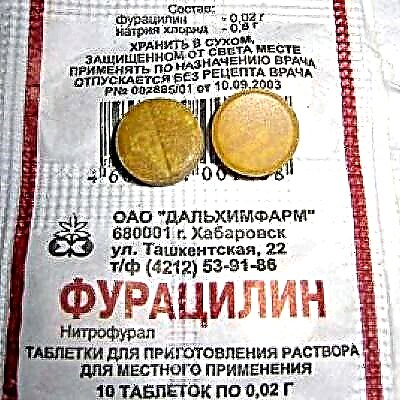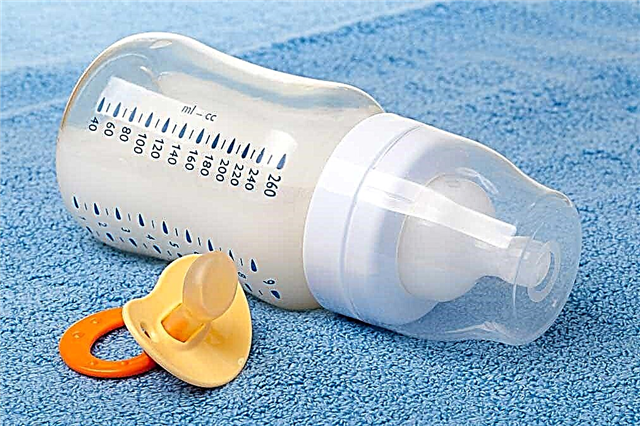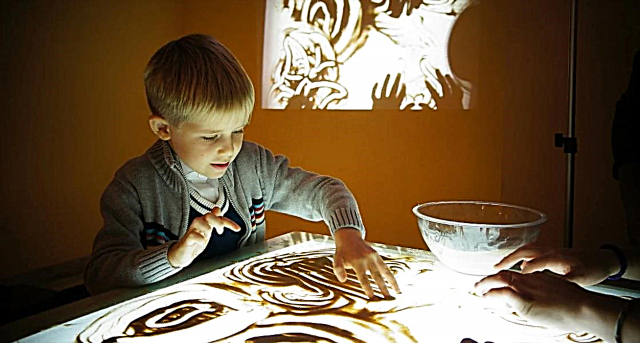
If we talk about the most popular antipyretic drugs, then Paracetamol is first of all mentioned. Such a medication is considered safe even for infants (it is given from the age of three months), it is available in various forms and is well tolerated by most young patients. When and in what dose Paracetamol can be used to treat a 5-year-old child and which form is preferable, whether the drug can pose a danger to the health of a preschooler and what analogues can be used to replace it - you will find answers to these and other questions in our article.

When is it appointed and how does it work?
Paracetamol (the main substance of the drug of the same name) has the ability to affect centers in the brain that regulate pain perception and body temperature.

The medication acts on nerve cells by blocking special enzymes, resulting in its analgesic and antipyretic effect. Such properties affect the indications for the use of Paracetamol:
- First, the medicine is used at elevated temperatures. Usually, doctors advise to give Paracetamol if the thermometer has exceeded +38.5 degrees. But in some cases, the drug is prescribed at a lower figure, for example, if the temperature rises in response to the vaccination or the child has a neurological pathology, due to which there is a risk of seizures.
- Secondly, the medication is prescribed for pain, the intensity of which is assessed as medium or low. Paracetamol helps with headaches, sore throats, various injuries, and so on.

The anti-inflammatory effect of Paracetamol is very weak, therefore, if it is necessary to combat active inflammation, such a drug is often replaced with analogues from the group of non-steroidal drugs, for example, Voltaren or Nurofen.
Instructions for use
Suspension
Most often, 5-year-old children are prescribed a liquid form of Paracetamol, represented by a sweet strawberry or orange suspension.
Such a product is available in glass bottles of 100-200 grams, and for accurate dosing, the box additionally contains a measuring 2-sided spoon or a plastic syringe with graduations. The amount of paracetamol in such a medicine (per 5 ml of the drug) is 120 mg.


The suspension is praised for its ease of use and ease of use, and most five-year-olds swallow the drug without difficulty. However, in addition to paracetamol and water, this form contains additional ingredients (sucrose, propylene glycol, gum, etc.), to which some babies develop allergies.
If the child is prescribed Paracetamol in suspension during fever or pain, the following nuances are taken into account:
- the medicine is given after a meal (after about 1-2 hours);
- It is not necessary to dilute the drug with water, but it is advisable to drink it with fever so that the child receives more fluid;
- frequency of use - from 1 to 4 times a day;
- the suspension should be given with a pause of at least 4 hours;
- the dosage is calculated by weight (10-15 mg / kg - single, 60 mg / kg - maximum daily);
- duration of use at temperature - 3 days, with pain - up to five days.

Candles
Paracetamol in suppositories is in demand for the treatment of 5-year-old children no less than a suspension. Such a medicine is produced in different dosages, and parents call its main advantage a simple composition, because in addition to paracetamol, the candle contains only a fatty base, and there are no dyes, flavors and other chemical compounds in this form.


Suppositories are prescribed in such situations:
- if the child cannot swallow the suspension due to vomiting;
- if the child has an intolerance to the auxiliary components of liquid Paracetamol.


Since this medicine begins to act somewhat later than the suspension, the suppositories are often placed before bedtime if it is necessary to prevent a rise in temperature at night. At the age of 5, a drug with a dosage of 250 mg is usually used.
Pills
The solid form of Paracetamol, according to the instructions for the tablets, is contraindicated in children under 6 years of age. However, in some cases, the use of such a medicine is permissible, for example, if it is not possible to give a suspension, and there are only tablets at home.
In this case, the dosage of the pill should be checked with the doctor in order to prevent it from being exceeded. The tablet is given to the child to swallow and wash down with water, but if there are difficulties with this, the medicine in the dose prescribed by the pediatrician can be crushed into powder, mix in a spoon with water and give to the baby as it is.


Can it hurt?
In some patients, as a result of taking Paracetamol, allergies or other side effects appear, for example, in rare cases, the medication causes negative symptoms from the gastrointestinal tract, and with prolonged use it affects blood formation. Exceeding the dose of medication is also dangerous, since an overdose can damage the child's liver and cause encephalopathy.
It is important to know that the symptoms of liver damage do not appear immediately, but 12 hours after taking a very large dose of Paracetamol or later. And if a child accidentally took a lot of medicine, it certainly needs to be shown to the doctor, despite the normal state of health.

If, after an overdose, the baby has vomiting, abdominal pain and other symptoms, you should immediately seek medical help.
Lytic mixture
If a child has a very high fever, which is dangerous to health, doctors bring it down with a mixture of several drugs called lytic.
The main component of such a mixture is an antipyretic agent, which can be both Paracetamol and Analgin or another drug for temperature. It is complemented by antihistamine, for example, give the child Suprastin.

If the baby has cool limbs and pale skin, such a fever is called pale, and a third component is included in the lytic mixture. it antispasmodichelping to expand peripheral vessels. Most often used as such a medicine No-shpa.

Parents should remember that the use of such a combination of drugs in children with high fever without medical supervision is not recommended. The pediatrician will not only determine the correct dosage for each of the medications, but also make sure that there are no contraindications.
Analogs
You can replace Paracetamol with pain or high temperature with another medication that has the same active substance, for example, Efferalgan or Panadol.
Also, children are allowed to give ibuprofen drugs (the most popular medicine is considered Nurofen), and other drugs with a similar therapeutic effect are used only in cases where it is impossible to give a child a safer remedy.

In the next video, Dr. Komarovsky will talk about how to take paracetamol for children.



